Snapshots in Neuroscience
Whole mount view of a young mouse brain with all cortical layer 5 neurons expressing dystonia-related gene Klhl14, highlighted in green.
Neurons in the adult fruit fly brain have different biases in the splicing of a calcium channel that enables neurotransmission.
Mouse cerebellar section with a single layer of Purkinje cells extending their elaborate dendritic branches upwards into the dense molecular layer.
Excitatory axon terminals expressing vesicular glutamate transporters in the thalamus of a tree shrew.
Real-time calcium dynamics of astrocytes and oxytocin neurons in the mouse paraventricular nucleus of the hypothalamus.
Exploring the neuronal expression of seizure-associated proteins in the fruit fly brain.
New mouse model for inducing targeted gene expression within neurons of the spinal cord dorsal horn.
Immunostaining of cell bodies and nerve fibers of neurons in an adult mouse small intestinal myenteric ganglion.
Principal neuron dendrites in the adult mouse olfactory bulb extending up towards the glomerular layer where they receive sensory input.
Coronal section of a mouse nucleus accumbens with GABAergic neurons ablated.
FOLLOW US
TAGS
CATEGORIES



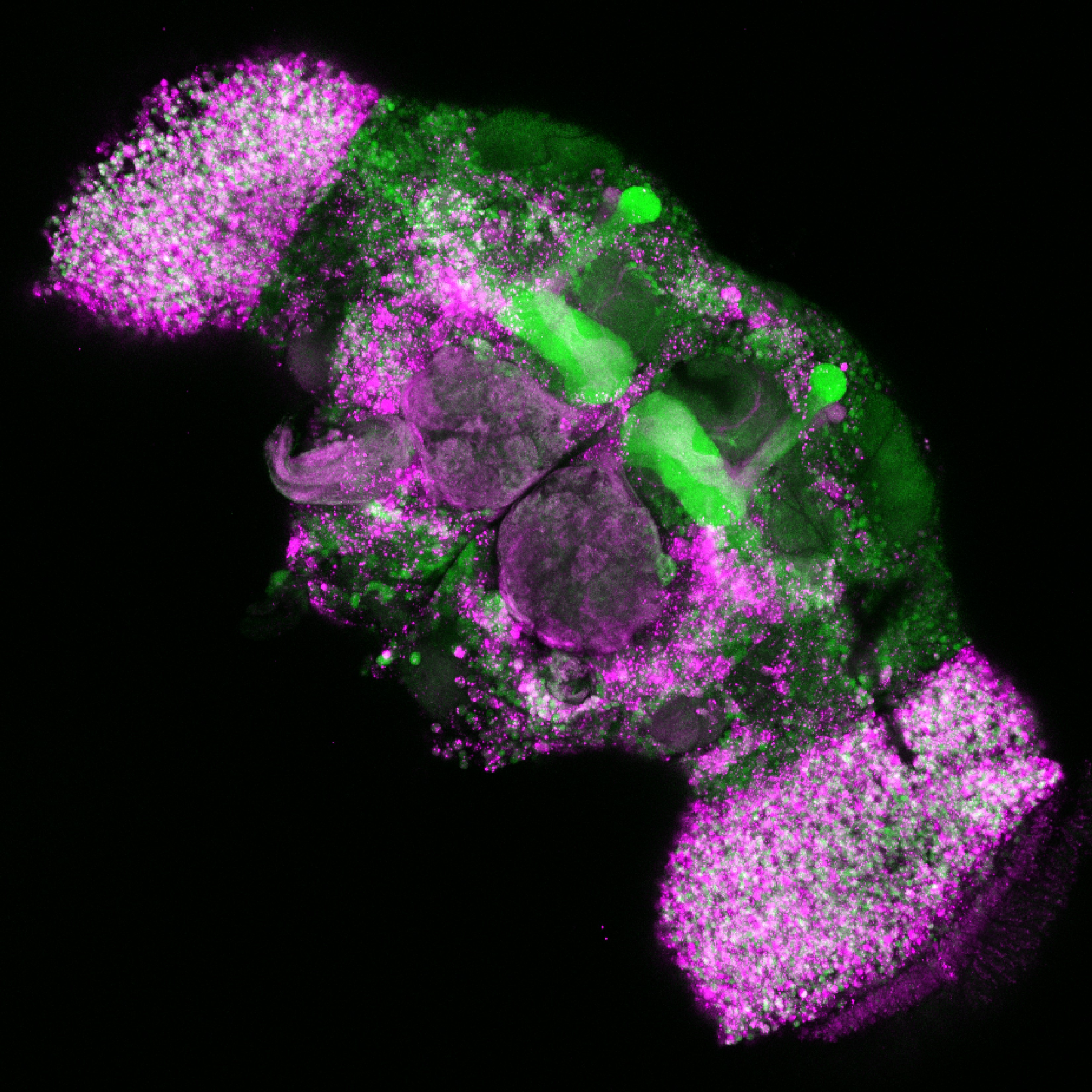
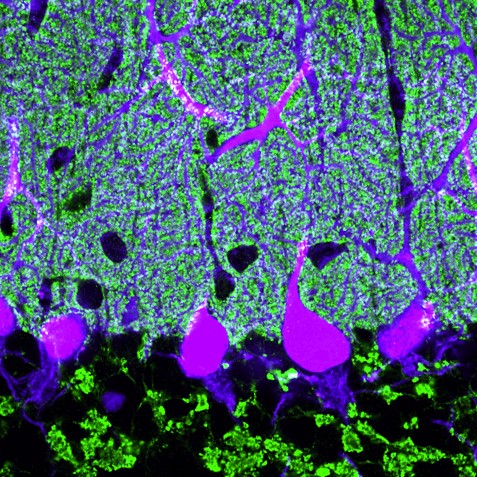
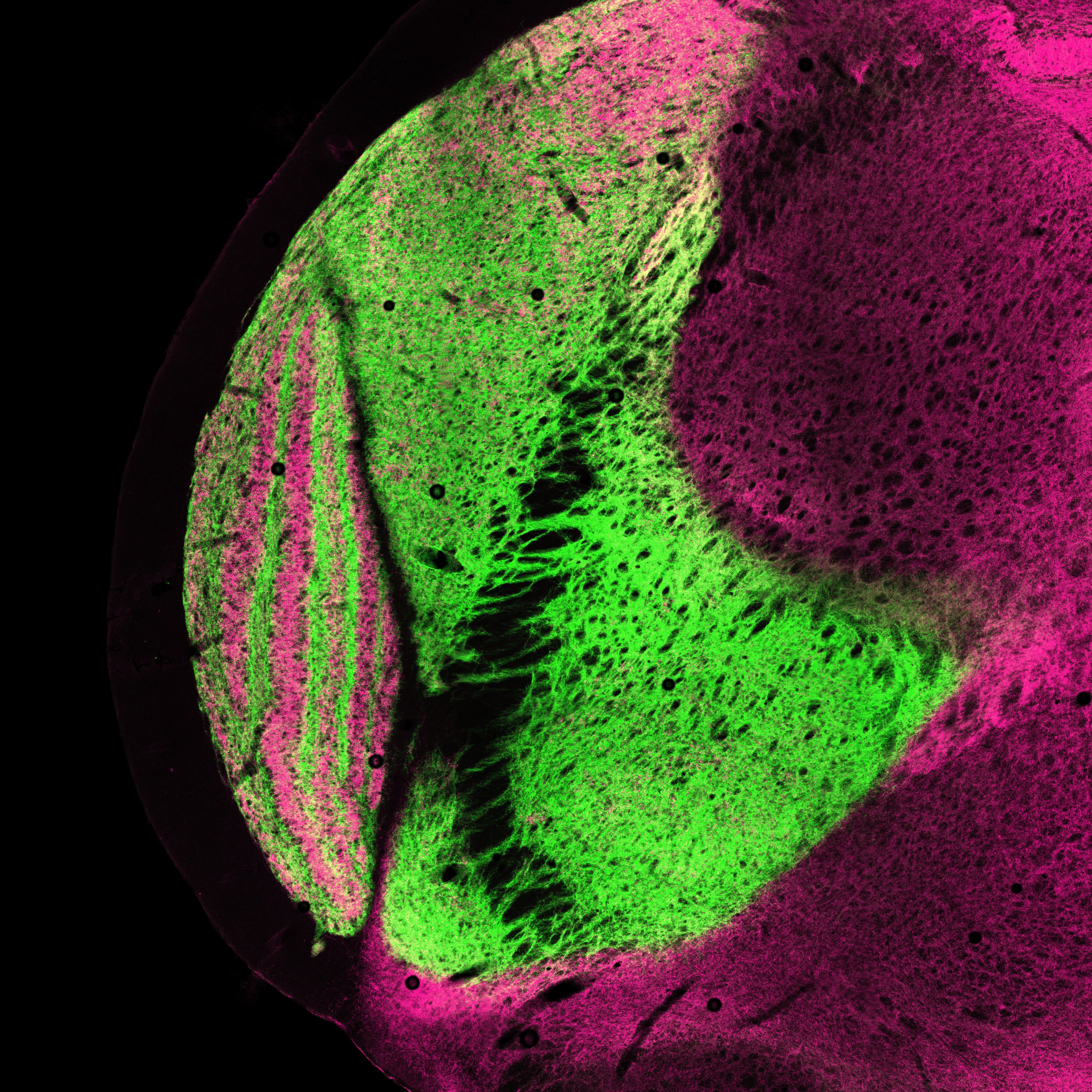
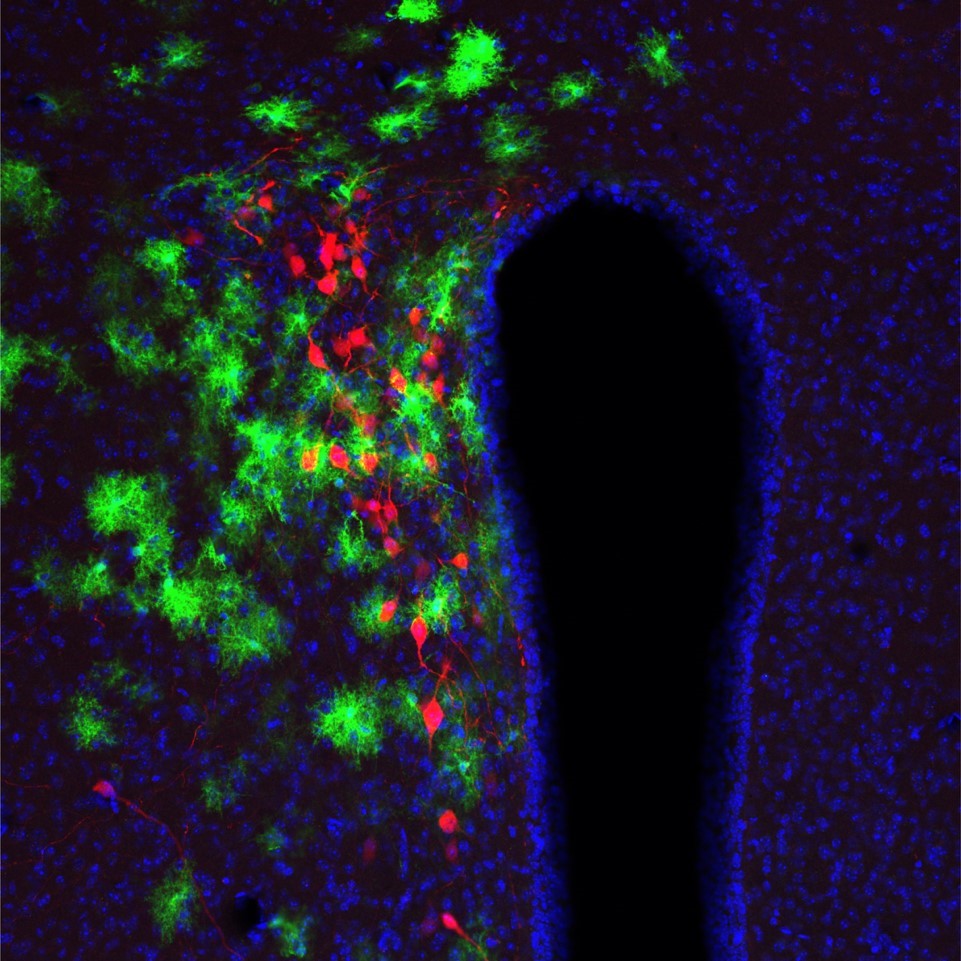
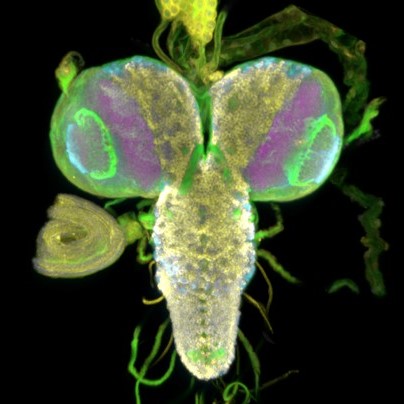
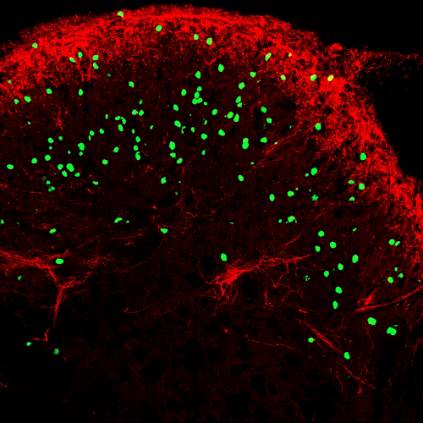

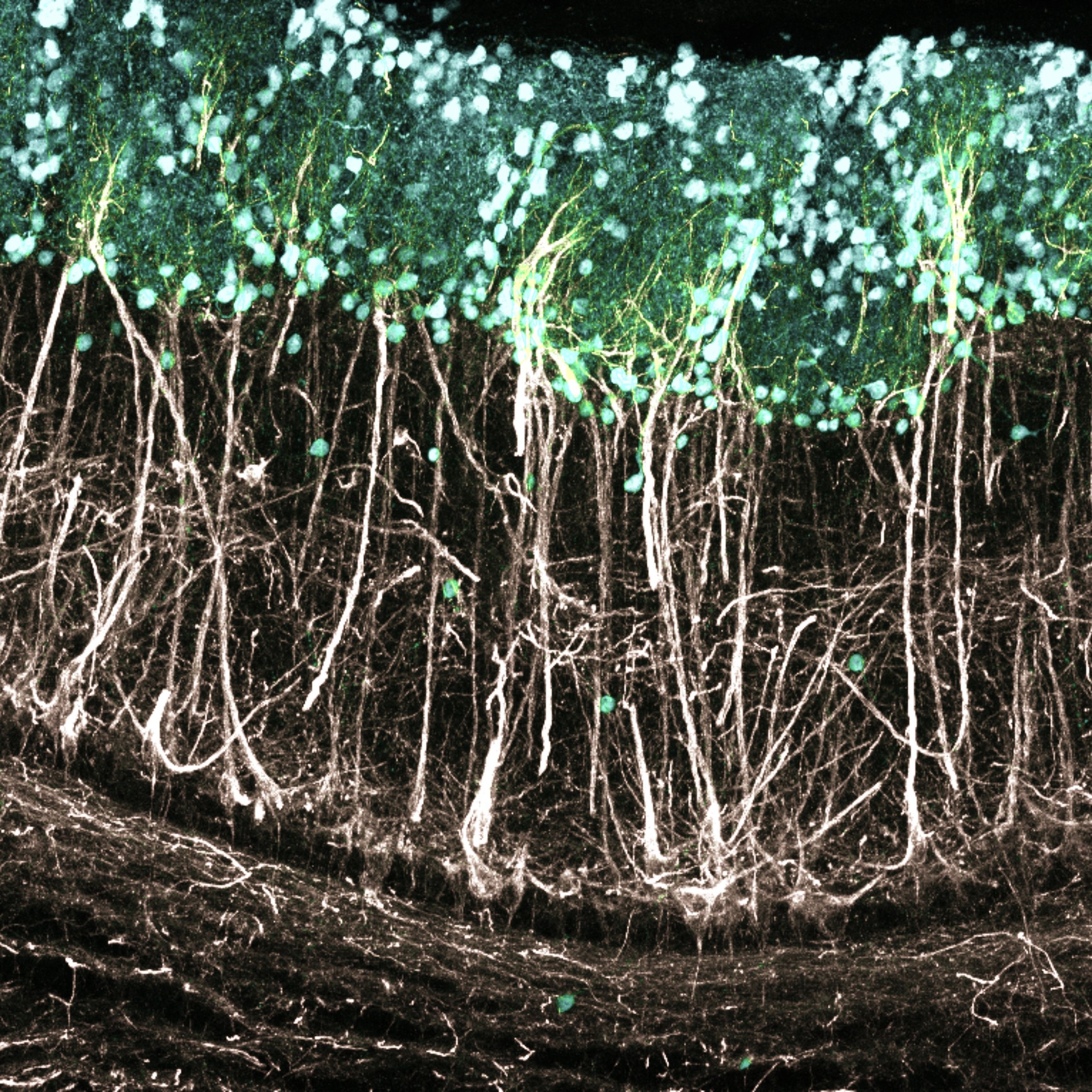
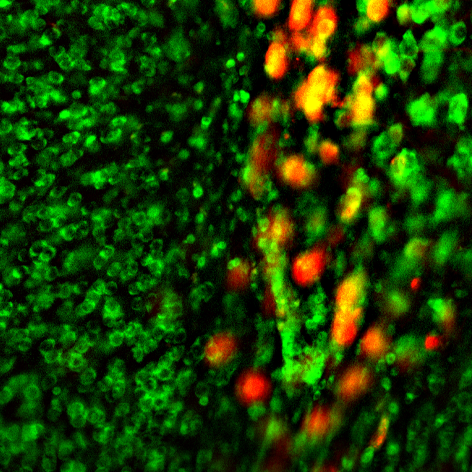
 RSS Feed
RSS Feed




